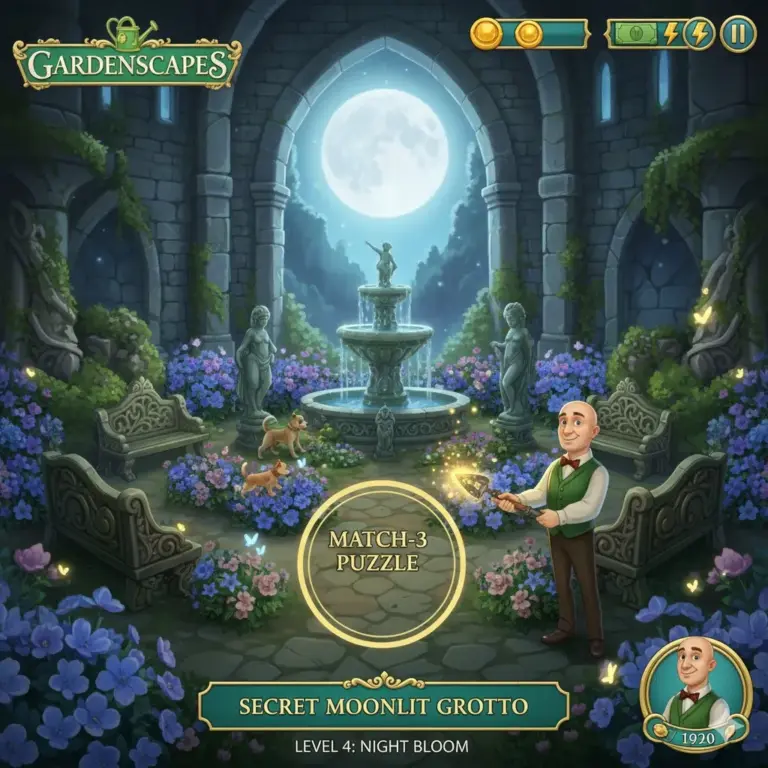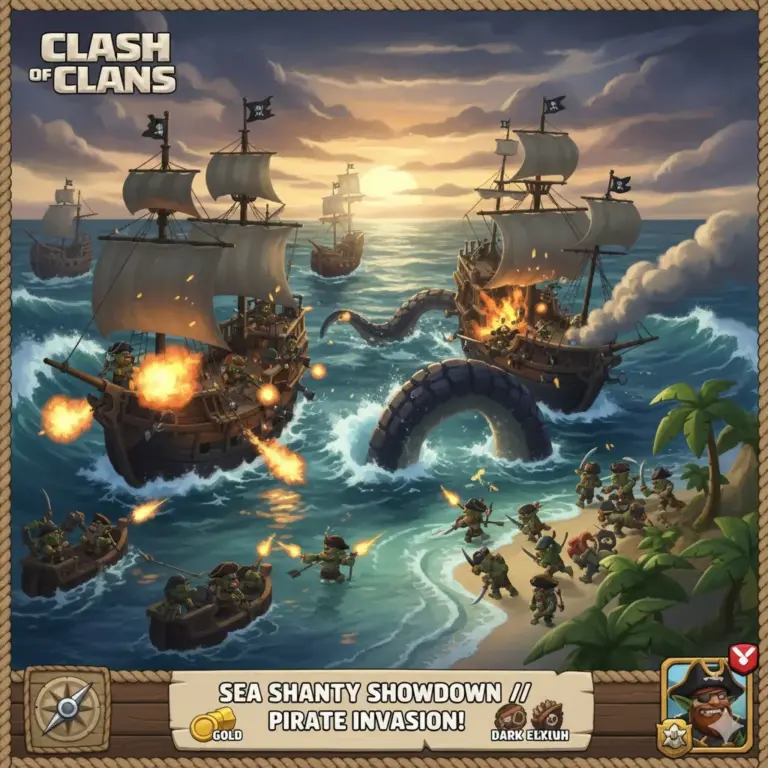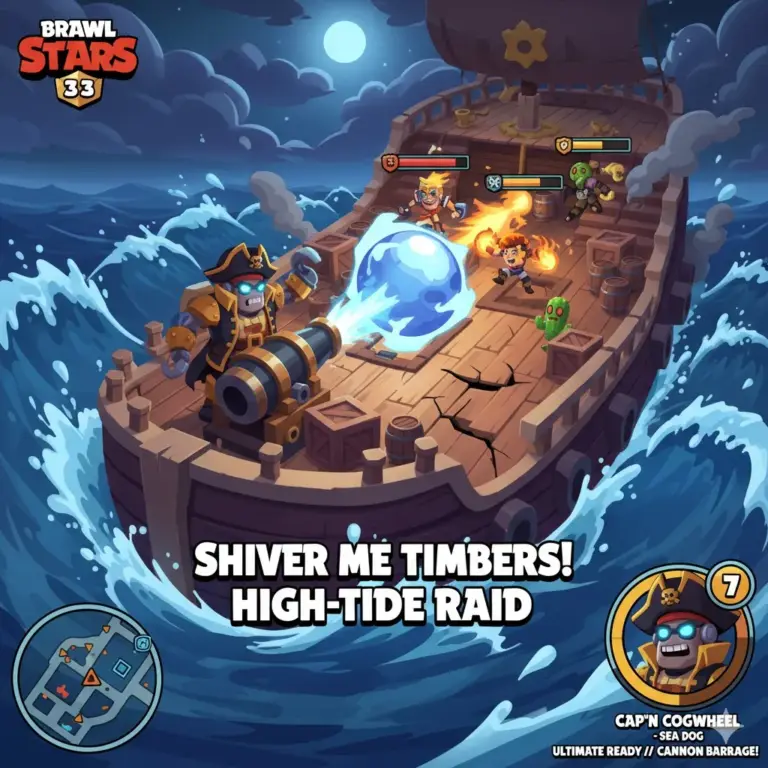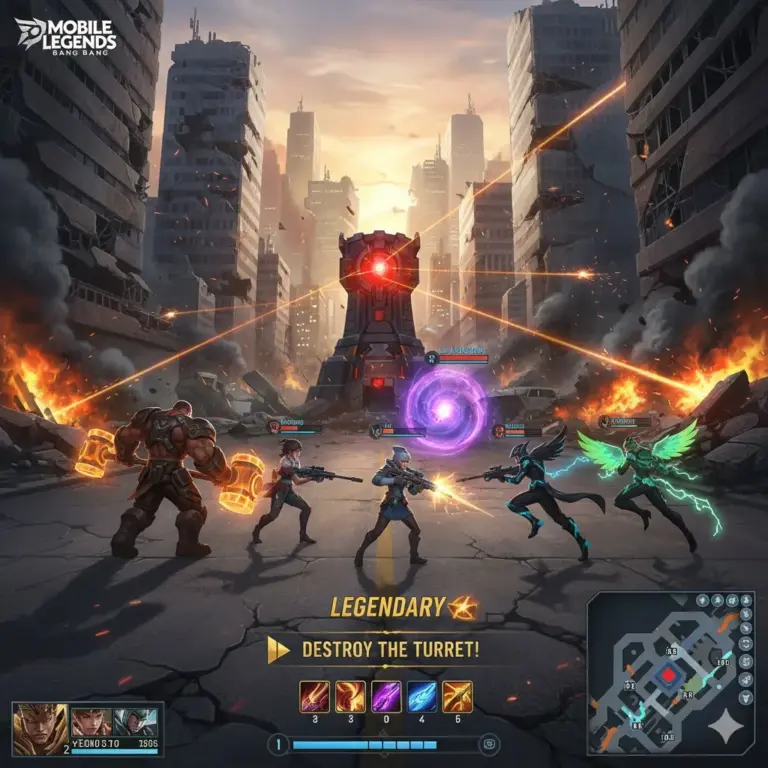Mobile Legends: Bang Bang (MLBB) Review 2025: The Undisputed King of Mobile MOBA?
In the hyper-saturated world of mobile gaming, one genre stands as the ultimate test of skill, teamwork, and strategy: the Multiplayer Online Battle Arena, or MOBA. And in that arena, one king has held the crown for the better part of a decade, particularly in the vast, passionate markets of Southeast Asia. That king is Mobile Legends: Bang Bang (MLBB).
Launched by Moonton in 2016, MLBB was born in controversy, bearing a striking (and legally-challenged) resemblance to Riot Games’ League of Legends. But while critics debated its originality, Mobile Legends did something League wouldn’t do for another four years: it delivered a fast, functional, and accessible 5v5 MOBA experience on the one device everyone owned—a smartphone.
Now, in 2025, MLBB is no longer just a “clone.” It is a global esports phenomenon, a cultural touchstone for millions, and a polished, action-packed titan that has fiercely defended its throne against all comers, including the very game it was inspired by.
But is this 10-minute brawler a true strategic masterpiece, or is it a pay-to-win gacha game disguised as a competitive MOBA? We dived into the “Land of Dawn” to find out.
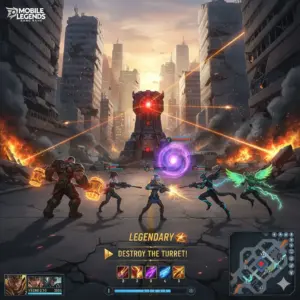
The Core Gameplay: A MOBA Distilled for Speed
Mobile Legends takes the complex, 45-minute PC MOBA formula and distills it into a 10-to-15-minute shot of adrenaline. The goal is the same: you and four teammates pick “Heroes,” advance down three “lanes,” destroy enemy “Turrets,” and ultimately shatter the enemy “Base Crystal.”
But how it achieves this is its mobile-first genius:
- Extreme Accessibility: The controls are a simple virtual joystick for movement and three buttons for abilities. An “auto-lock” and “auto-aim” system helps new players land skills, while veterans can manually aim for precision.
- No “Last-Hitting”: This is perhaps the biggest change. In PC MOBAs, you only get gold if you deal the killing blow to a minion. In MLBB, you get gold just by being near a minion when it dies. This removes the single steepest learning curve of the genre and puts the focus squarely on brawling with the enemy.
- Shared Jungle: The “Jungle” (the area between lanes) is simplified. Key “buff” monsters are easier to take down, and the “Jungler” role is less about complex pathing and more about ganking lanes.
- In-Game Item Shop: The item shop is accessible anywhere on the map, and a “recommended build” system allows you to buy your next item with a single tap, meaning you never have to “recall” to base and stop the action.
The result is a game that is all action, all the time. The laning phase is short, team fights start within minutes, and a “comeback” is always possible. It’s a game that perfectly understands its mobile audience: they want high-stakes competition, but they want it now, in the 15 minutes they have between classes or on the bus.
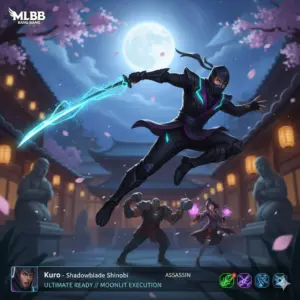
The Hero Roster: A Sprawling Universe of Brawlers
With over 120 Heroes and counting, the MLBB roster is a massive, diverse collection of fighters, mops, tanks, assassins, marksmen, and supports. While many early Heroes were “heavy-handed homages” to League champions, the new releases over the last few years have shown incredible creativity, drawing from global mythology, sci-fi, and fantasy.
This roster is the game’s greatest strength and its primary “gacha” element. Each Hero has a unique passive, two standard abilities, and one “Ultimate.” The sheer number of potential matchups is staggering.
Skins are the game’s main revenue driver, and MLBB is unmatched in this department. It boasts massive, high-profile collaborations with brands like Transformers, Star Wars, Hello Kitty, and countless anime (Jujutsu Kaisen, Attack on Titan). These aren’t just simple re-colors; they are full-model reworks with new animations and voice lines, making them incredibly desirable.
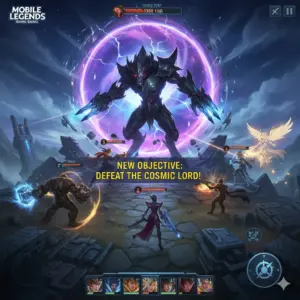
The “Pay-to-Win” Elephant in the Room: Emblems & Skins
This is where the MLBB review gets complicated. For all its competitive brilliance, Mobile Legends has two core systems that are undeniably “pay-to-win” (P2W).
1. The Emblem System: Before a match, you select a “Talent Emblem” page, similar to the “Rune” system in League of Legends. These pages provide flat, statistical bonuses: +10 Physical Attack, +5% Movement Speed, +8% Spell Vamp, etc.
The problem? These Emblems must be leveled up (from 1 to 60) using a massive amount of resources (Magic Dust and Emblem Fragments). This “grind” can take a free-to-play (F2P) player years to max out. Or… you can buy “Emblem chests” with real money and max them out in a day.
A new player with Level 1 Emblems is at a direct, mathematical disadvantage against a paying player with Level 60 Emblems. In a game of split-second duels, that extra 8% speed or 10 points of attack is the difference between life and death. This is the game’s single greatest flaw.
2. Skin Statistics: This is a more minor, but still symbolic, issue. Unlike in Wild Rift or Dota 2, skins in MLBB are not purely cosmetic. Every single skin, from the cheapest to the most expensive, provides a small stat boost, most commonly “+8 Physical Attack” or “+8 Magic Power.”
While this boost is tiny and becomes negligible in the late game, it’s a P2W mechanic by definition. It’s a “thumb on the scale” that rewards players for spending money.
Most of the flashiest “Collector” or “Legend” skins are also locked behind “Bingo” or “Gacha” events, which can cost hundreds of dollars to guarantee, preying on “fear of missing out” (FOMO).
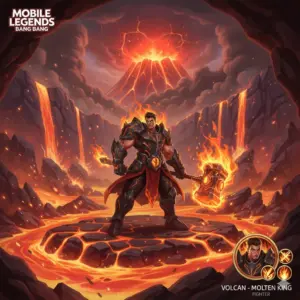
MLBB vs. Wild Rift: The Great Mobile MOBA Debate
In 2025, the debate is largely settled: MLBB and League of Legends: Wild Rift are not really competitors. They are two different games for two different audiences.
| Feature | Mobile Legends: Bang Bang | League of Legends: Wild Rift |
|---|---|---|
| Match Time | 10-15 minutes (Very Fast) | 15-25 minutes (Fast) |
| Core Loop | Action-focused, brawling | Strategy-focused, “macro” play |
| Mechanics | Simplified (no last-hitting) | Complex (last-hitting, warding) |
| Graphics | Stylized, colorful, “arcadey” | Polished, high-fidelity, “PC-like” |
| Monetization | Pay-to-Win (Emblems, Skin Stats) | 100% Free-to-Play (Skins are cosmetic only) |
| Target Audience | Mobile-first players, casuals | League of Legends veterans, strategy purists |
Wild Rift is a faithful, streamlined port of the PC experience. MLBB is a ground-up rebuild of the MOBA for mobile. If you want a fast, chaotic, and accessible brawl, you play MLBB. If you want a slower, more methodical, and “fair” strategic game, you play Wild Rift.
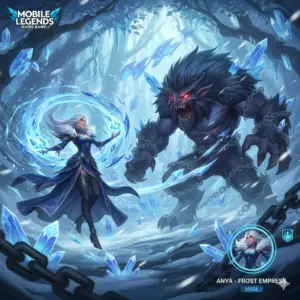
Final Verdict: An Imperfect, Addictive, Global Phenomenon
Mobile Legends: Bang Bang is a flawed masterpiece. Its success is not an accident. It cornered the global market by being the first and the fastest, prioritizing accessibility and low-spec performance over all else. This made it a cultural force in Southeast Asia, where it remains an untouchable king of esports.
The core 5v5 gameplay is undeniably fun, frantic, and polished. The hero variety is fantastic, and the high-profile skin collaborations are a delight.
However, its P2W mechanics are a blight on an otherwise excellent competitive game. The Emblem system, in particular, creates a “paywall” for new players that feels unfair and greedy. You are not just playing against your opponent’s skill; you are playing against their wallet.
And yet, millions of players (this reviewer included) look past this flaw, because once you are on an even footing, the game is just that good.
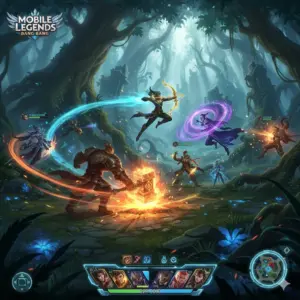
You should play Mobile Legends: Bang Bang in 2025 if:
- You love the MOBA concept but find PC versions too slow or complex.
- You want a deep, competitive game you can play in 15-minute bursts.
- You play on a lower-spec phone or have an unstable internet connection.
- You enjoy collecting hundreds of heroes and flashy, pop-culture skins.
You should AVOID Mobile Legends: Bang Bang in 2025 if:
- You have a zero-tolerance policy for “pay-to-win” mechanics.
- You are a MOBA purist who believes “last-hitting” and complex strategy are essential.
- You are easily tempted by “gacha” and FOMO-driven monetization.
- You are primarily looking for a “fair” competitive experience (play Wild Rift instead).
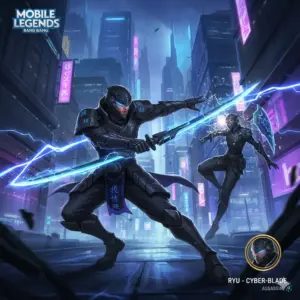
Final Score:
- Gameplay (Core Loop):A 4.5/5 (Fast, frantic, and fun)
- Variety (Heroes & Modes): 5/5
- Monetization (F2P Friendliness): 1.5/5 (The Emblem system is predatory)
- Progression & “Grind”: 2/5 (The F2P grind is punishingly slow)
